Welcome to our comprehensive guide on bathroom installations in Brighton. If you’re considering upgrading or renovating your bathroom space, you’ve come to the right place. In this guide, we will walk you through the entire process of transforming your bathroom into a functional and stylish oasis.
Planning Your Bathroom Installation
Planning is the key to a successful bathroom installation. Before you start tearing down walls or picking out fixtures, take some time to consider your needs and preferences. Are you looking for a spa-like retreat or a practical, family-friendly space? Understanding your goals will help guide your decisions throughout the process.
One of the first steps in the planning process is to assess your current bathroom layout. Take measurements and note any existing plumbing or electrical connections. This information will be crucial when it comes to creating a new layout or making changes to the existing one.
Once you have a clear idea of your goals and the limitations of your space, it’s time to start brainstorming design ideas. Browse through magazines, visit showrooms, and create a mood board to gather inspiration. Consider the overall style you want to achieve, whether it’s modern, traditional, or something in between.
Hiring a Professional Bathroom Installer
While some homeowners may choose to tackle a bathroom installation as a DIY project, it’s often best to hire a professional. A skilled bathroom installer will have the expertise and experience to handle all aspects of the job, from plumbing and electrical work to tiling and finishing touches.
When hiring a bathroom installer, it’s essential to do your research. Look for professionals who have a solid reputation and a portfolio of completed projects. Ask for references and check online reviews to ensure you’re selecting someone reliable and trustworthy.
Before making a final decision, it’s a good idea to request quotes from multiple installers. This will give you a better understanding of the average cost of the project and help you compare different options. Remember, though, that price should not be the only factor in your decision. Consider the installer’s experience, communication skills, and professionalism as well.
Choosing the Right Bathroom Fixtures and Materials
Choosing the right fixtures and materials for your bathroom is an important part of the design process. The options can be overwhelming, but with some guidance, you can create a cohesive and functional space.
Start by considering the type of bathroom fixtures you need. This includes items like sinks, toilets, showers, and bathtubs. Think about your daily routine and how you use the space. For example, if you have a large family, a double sink might be a practical choice. If relaxation is a priority, a luxurious soaking tub could be the perfect addition.
When it comes to materials, there are endless possibilities. From classic ceramic tiles to modern glass and stone, the options are vast. Consider factors like durability, maintenance requirements, and visual appeal when making your selections. Don’t be afraid to mix and match different materials to create a unique and personalised look.
Bathroom Layout and Design Considerations
The layout and design of your bathroom play a significant role in how functional and visually pleasing the space is. When planning your layout, consider the flow of the room and the placement of fixtures.
If space is limited, consider using clever storage solutions to maximise functionality. Wall-mounted cabinets, built-in shelving, and vanity units with integrated storage can help keep your bathroom organised and clutter-free.
When it comes to design, think about the overall aesthetic you want to achieve. Consider elements like color schemes, patterns, and textures. Remember to choose materials that are both practical and visually appealing. For example, if you love the look of natural stone but worry about maintenance, consider porcelain tiles that mimic the appearance of stone.
Plumbing and Electrical Considerations for Bathroom Installations
Plumbing and electrical work are essential components of any bathroom installation. It’s crucial to ensure that these systems are installed correctly to prevent leaks, electrical hazards, and other issues down the line.
When it comes to plumbing, consult with a professional to determine the best layout and ensure that all connections are up to code. Consider factors like water pressure, drainage, and hot water supply when planning your plumbing system.
Similarly, electrical work should be handled by a licensed electrician. Proper lighting and electrical outlets are crucial in a bathroom, where safety is a primary concern. Install task lighting around the vanity area and consider adding dimmer switches for a spa-like ambiance.
Flooring and Tiling Options for Bathrooms
The flooring and tiling you choose for your bathroom can have a significant impact on the overall look and feel of the space. It’s important to select materials that are durable, water-resistant, and easy to clean.
Ceramic and porcelain tiles are popular choices for bathroom floors and walls. They come in a wide range of styles, colours, and patterns, allowing you to create a custom look. Consider using larger tiles to create the illusion of a bigger space, or experiment with mosaic tiles for a unique and eye-catching feature.
If you prefer a warmer feel underfoot, consider options like vinyl or engineered wood flooring. These materials are designed to withstand moisture and are a great alternative to traditional tile.
Lighting and Ventilation in Bathrooms
Proper lighting and ventilation are crucial in a bathroom to ensure functionality and comfort. Good lighting is essential for grooming tasks, while ventilation helps prevent moisture build-up and mould growth.
When it comes to lighting, consider a combination of task, ambient, and accent lighting. Install bright, focused lighting around the vanity area, and use wall sconces or pendant lights for ambient lighting. Consider adding a dimmer switch to create a relaxing atmosphere for soaking in the tub.
Proper ventilation is essential in a bathroom to prevent humidity and odours from lingering. Install an exhaust fan that is appropriately sized for your space and use it regularly. Consider adding a window or skylight to allow natural light and fresh air to enter the room.
Bathroom Installation Cost and Budgeting
The cost of a bathroom installation can vary greatly depending on factors like the size of the space, the complexity of the project, and the materials chosen. It’s essential to set a realistic budget and stick to it throughout the process.
When budgeting for a bathroom installation, consider all the expenses involved, including labor, materials, fixtures, and any additional design elements. Don’t forget to account for unexpected costs that may arise during the project.
To save money, consider prioritising your must-haves and splurging on a few key items. For example, you might choose to invest in a high-quality shower enclosure while opting for more budget-friendly flooring.
Conclusion: Enjoying Your New Bathroom
Congratulations! You’ve successfully navigated the process of bathroom installation in Brighton. By carefully planning your layout, selecting the right fixtures and materials, and hiring a professional installer, you’ve created a bathroom that is not only functional but also reflects your personal style.
Remember to maintain your new bathroom properly by following the manufacturer’s instructions for cleaning and maintenance. Regularly inspect your plumbing and electrical systems to catch any issues early on.
Enjoy your new bathroom oasis and take pride in the fact that you’ve created a space that adds value to your home and enhances your daily life.




